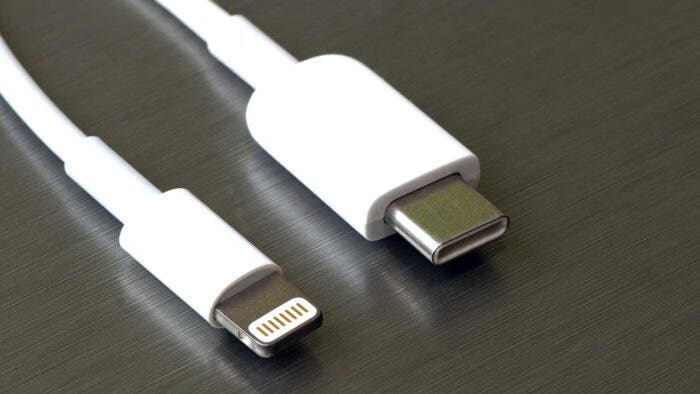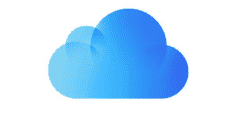Apple is rumoured to have produced the iPhone 15 series this year using the USB Type-C interface. However, these ports will still retain the MFi licensing on the Lightning interface. This will prevent consumers from using uncertified data cords from third parties for data transmission. In a new report, there are indications that this strategy might be against EU law.
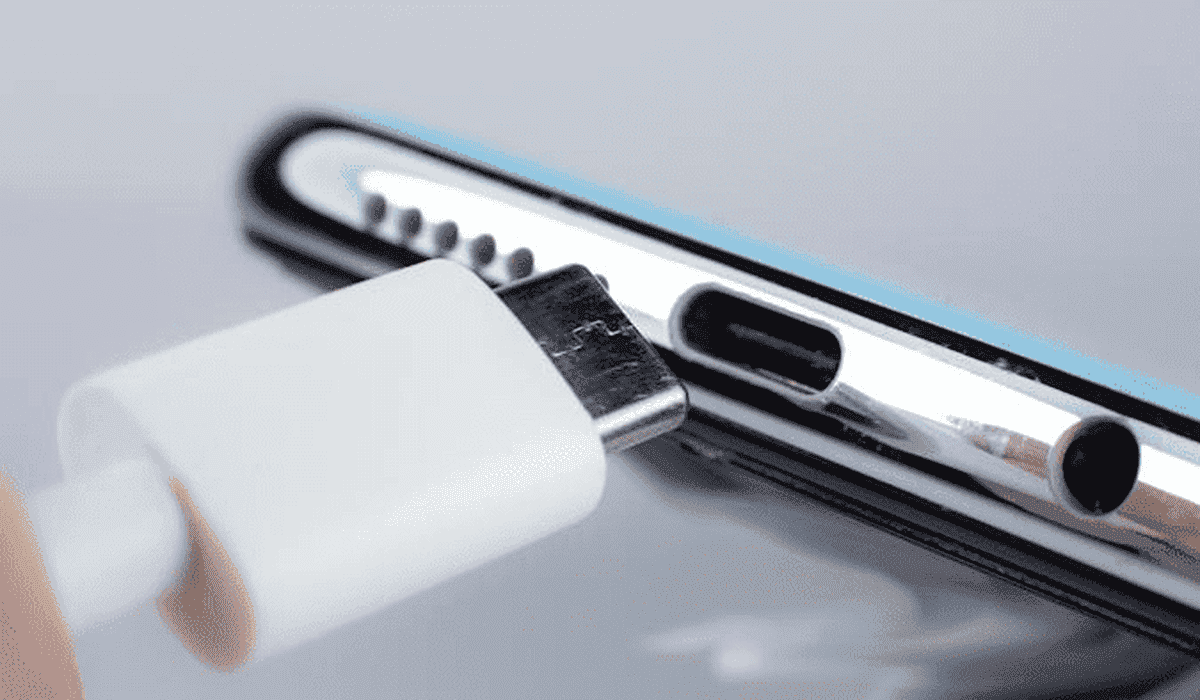
As we all know, Apple has always used the Lightning interface. But as charging technology advances, Apple is slowly phasing out this interface. Currently, a lot of devices use the USB Type-C interface. For instance, Apple will completely update the iPhone 15 to the USB Type-C interface even if the MacBook series, iPad series, and Studio Display are presently available for purchase.
The main reason for this is that all portable electronic device charging ports in the EU region are expected to be unified to USB Type-C interfaces by 2024. While the majority of mainstream mobile phones have already moved to USB Type-C interfaces more will now join in the future.
USB Type-C Advantages
The obvious perks of USB Type-C are its support for fast charging at up to 100W, a wide range of compatible protocols, and transfer rates of up to 40GB/s. Nevertheless, because only Apple devices have a Lightning interface, Apple’s tech is obsolete, with high latency, terrible charging speeds, and poor compatibility. You also need to purchase a docking station to do other functions.
The iPhone 14 fitted with the Lightning interface only has a USB 2.0 rate. This also means that the highest transfer speed is just 480Mbps, according to the most recent review of the iPhone 14 series models. Users that love taking good images will need a lot of time to use a Lightning port to transmit 48MP ProRAW images to their Mac or other devices. With a maximum image size of about 100MB for each image, it will be a really big deal to transfer images using this interface.
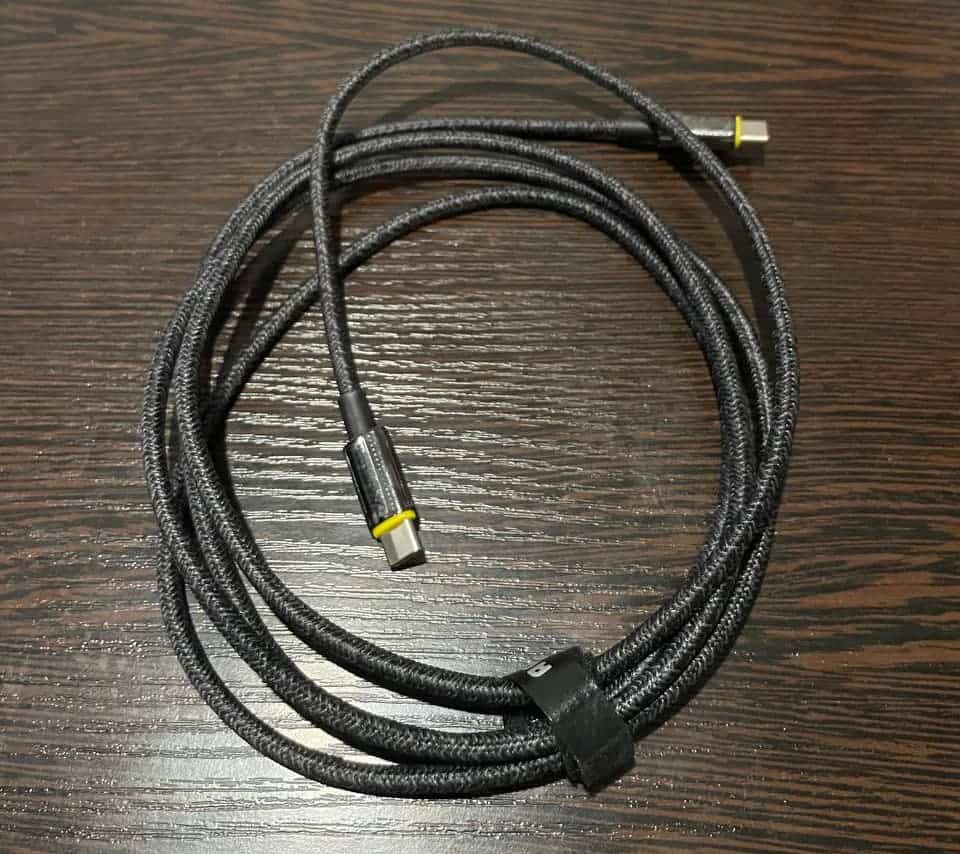
Apple’s recommendation
Although Lightning port is a bottleneck, Apple advises utilizing iCloud to view ProRAW files on a Mac or other Apple device. It also recommends using AirDrop to send photos wirelessly to other devices. Meanwhile, the price of Apple’s official data cable is as high as $20 per unit. The company has made huge returns, thanks to the cancellation of the included charger and the ensuing increase in the price of the charger price.
The problem is that since Apple’s data cables are famously simple to break and will be harmed if they are not used properly, users can only opt to utilize third-party Lightning data cables or purchase original data cables from Apple’s official website.
Gizchina News of the week
Third-party producers must be approved by MFi and fitted with Apple’s special chips. This is if they want to produce Lightning data cables and receive official certification.
This service claims that Apple could generate an additional $1 billion in income annually. These profits are huge gains when compared to environmental protection. According to earlier rumours, Apple has created a Lightning & USB Type-C interface IC that will be utilized in this year’s iPhone 15 models and other MFi-certified goods.
The report did, however, note that this strategy is probably not just to prevent the new phone from using MFi devices. It is also to make the new phone and new peripherals compatible with older gadgets and iPhones. Nevertheless, Apple does not currently require MFi certification for its USB Type-C interface. Also, it is unclear if Apple would ever update its older products.
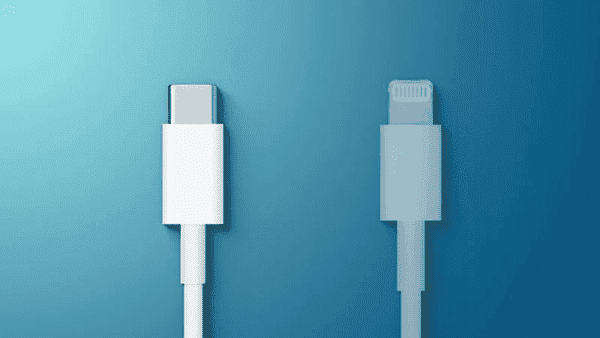
EU laws
But, as stated in the key EU files, this strategy may be in violation of EU laws. “The maximum power should show the total power required for the radio equipment to retain functioning. It should also show the power required to accomplish the maximum charging speed,” they state.
According to a report, the European Union mandates that mobile phones and other radio equipment must have a USB Type-C receptacle converter if they can be charged via wired connections. And the USB Power Delivery charging communication protocol should be used if they also need to be charged at voltage, current, or power levels above 5 volts, above 3 amps, or above 15 watts respectively.
The EU also stated back in 2017 that the unifying of fast charging tech will assist prevent unfair limits on charging speeds by multiple brands. It will also help to ensure that any charger suitable for the device has the same charging speed.
Hence, it is highly likely that Apple will break EU law. This is if it intends to place limits on the USB Type-C port through MFi cert. Apple might still add an MFi cert. to USB Type-C despite this, though. The difference is that Apple will limit the transmission rate rather than the charging power. After all, the transmission rate is not stated in the text cited by the EU. The low transfer rate has little effect on users. But, this is still just theory, and Apple won’t make its plans public until the iPhone 15 series arrives.
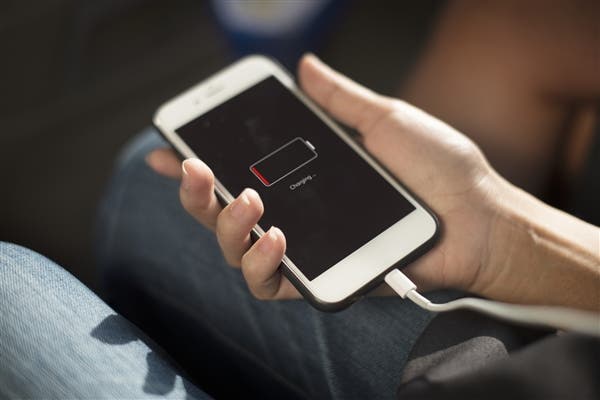
Apple kicks
In a previous remark, Apple said … “We remain concerned that allowing only one type of charger will stifle rather than incentivize innovation. This will in turn harm consumers in Europe and around the world”.
However, the director of the European Commission, Thierry Breton, said … “It will also allow new techs such as wireless charging to emerge and mature without innovation. It will become a source of market fragmentation and consumer inconvenience.”
From all indications, Apple will have no option but to obey the new EU laws.

